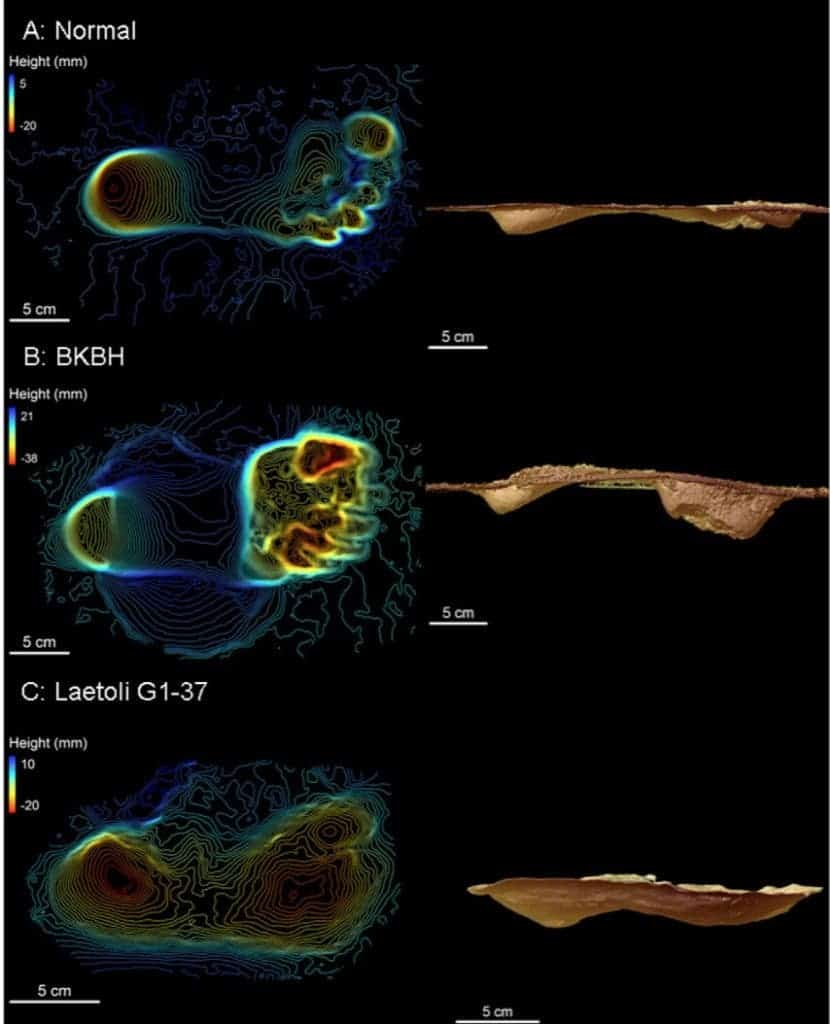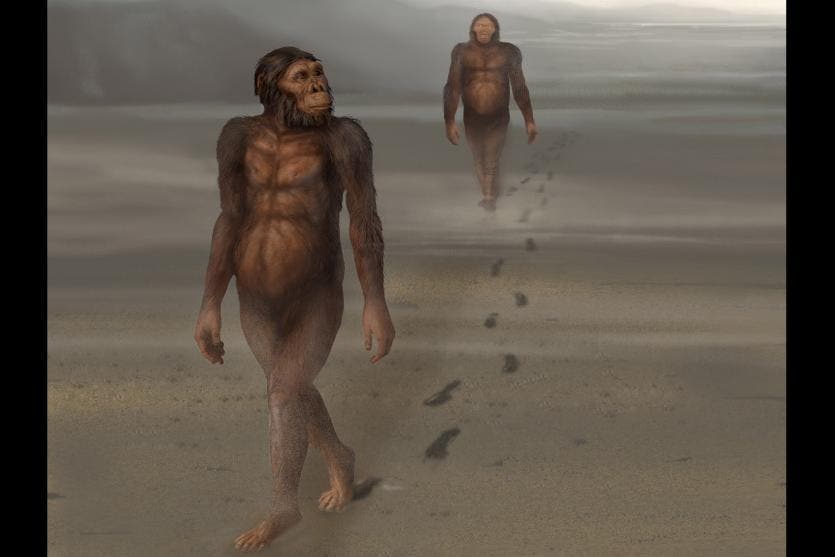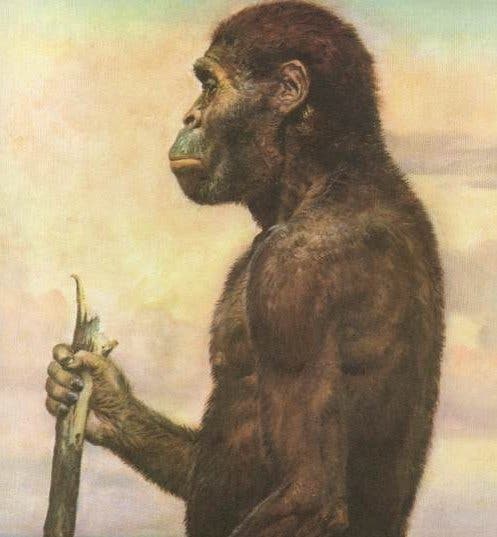After carefully investigating 3.6 million-year-old hominin footprints discovered in Laetoli, Tanzania, scientists determined that human-like bipedalism evolved far earlier than previously thought.
“Fossil footprints are truly the only direct evidence of walking in the past,” said David Raichlen, associate professor at the University of Arizona. “By 3.6 million years ago, our data suggest that if you can account for differences in size, hominins were walking in a way that is very similar to living humans. While there may have been some nuanced differences, in general, these hominins probably looked like us when they walked.”

Our ancestors used to walk with a similar upright gait 3.6 million years ago. Credit: David Raichlen, University of Arizona.
Ever since Darwin’s theory of natural selection showed that humans must have descended from a primate ancestor, scientists have been scrambling to pinpoint the origin of bipedal locomotion. Our species, Homo Sapiens, emerged no more than 300,000 years ago, but our ancestors had been walking on two legs long before this time — very likely well before the genus Homo emerged some 2 to 2.5 million years ago.
Previous evidence suggests that hominins — a broader set of ancestors — started walking on two legs around 7 million years ago. However, these early ancestors also retained a crouched, bent-legged posture reminiscent of today’s chimps.
Now, using a combination of experimental data and morphological analysis, Raichlen and colleagues showed that the Laetoli footprints were made by fully upright, bipedal individuals. These people were members of the genus Australopithecus — the same genus which “Lucy” — the famous 3.2 million-year-old human ancestor whose fossilized bones were discovered in Ethiopia in 1974.
The researchers compared the depth and shape of the Laetoli fossilized footprints with the impressions left by eight volunteers who walked either in an upright or stooped posture. The analysis of the toe to heel ratio — a characteristic which reflects how the center of pressure moves along the foot with each step — revealed that the Laeoli footprints were more similar to those made by modern humans walking upright. In light of this discovery, picturing an Australopithecus marching in the distance on two-legs sounds like a breathtaking sight.
Hominins began to walk this way to adapt to a new lifestyle that involved spending less time in the trees and more time foraging over longer and longer distances. As the forests gradually dried out as a result of climate change, our ancestors were pressured to look for new shelter and food sources. Walking upright uses less energy than bipedal motion in an ape-like, crouched posture so, eventually, natural selection favored this sort of gait.
The findings suggest that hominins were walking upright as early as 3.6 million years ago. However, the exact timeline and stages when human-like locomotion diverged from the ape-like gait of our ancestors remain unknown, the authors said. To solve this mystery, scientists will have to study far older footprints.
“The data suggest that by this time in our evolutionary history, selection for reduced energy expenditures during walking was strong,” said Raichlen. “This work suggests that, by 3.6 million years ago, climate and habitat changes likely led to the need for ancestral hominins to walk longer distances during their daily foraging bouts. Selection may have acted at this time to improve energy economy during locomotion, generating the human-like mechanics we employ today.”











